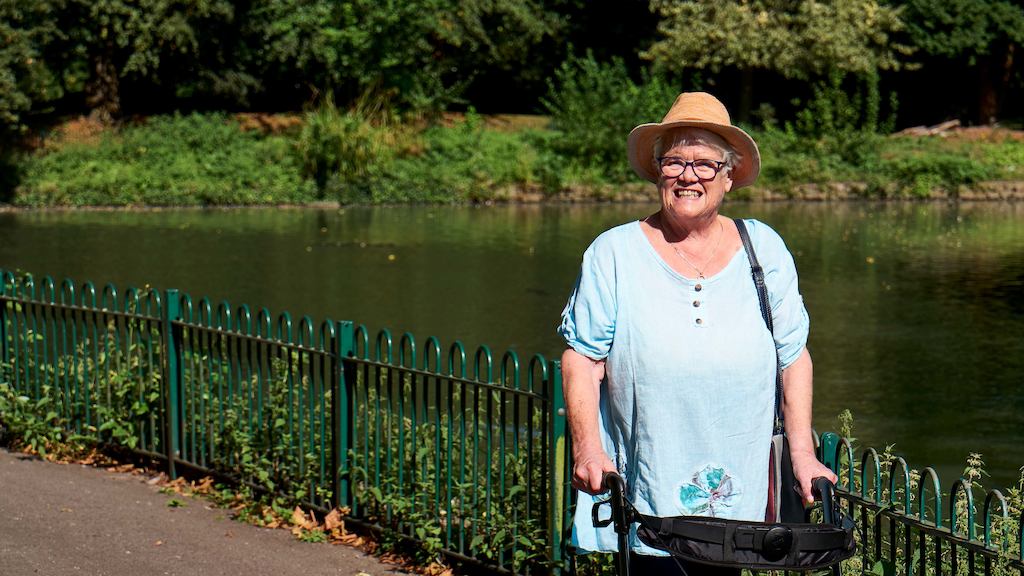Both projects talked to a broad range of research participants and found a rich and diverse set of experiences, cultures and histories. There is clearly no ‘one-size fits all’ solution when it comes to physical activity or active travel, as these have to fit into people’s real lives. The research transcripts revealed many stories of how people managed to fit activity and active travel into their busy lives, and also of how they faced significant challenges. Both projects heard people report that these patterns had changed significantly over the course of their lives, with people typically being more active and sporty – and having a greater tendency to travel by foot and on two wheels – when they were younger. Real-life changes often got in the way: both projects said life stage changes such as having children were significant, while the active travel project found buying one’s first car was the main factor that led to a drop in active travel. And both found that retirement was a period of life in which many people became more physically active.
There was common ground when it came to the factors that might motivate people to become more active. Both projects found that people enjoyed being out of doors, exploring nature or the local community and environment, and this often helped to get them out of the house. And both projects reported that health, fitness and well-being were seen as clear benefits, with the physical activity project exploring in some depth how people hoped keeping active would enhance their ability to live independent lives and not ‘end up’ being disabled or reliant on others.
The most revealing differences between the two projects came in the sections exploring the barriers to activity and active travel. While they both found that there many psychological or social barriers to being active (with some people in the physical activity research simply declaring themselves ‘not the sporty type’) the active travel research identified specific physical barriers to active travel. Most notably, many people reported that they could not walk or cycle for transport as the distances to destinations were too far and many would not consider cycling as the roads were not safe and cycling paths inadequate. But it also seems that these issues were bound up in deeper cultural belief systems about the importance of the car – some people even said they didn’t want to be seen walking as people would assume they couldn’t afford a car.
Both research reports have revealed many fascinating insights into the lives of people approaching later life. They provide Ageing Better as well as policymakers and stakeholders with some great avenues for further exploration, particularly the core notion that mid-life and preparation for retirement is a time of change, when people might be encouraged to shift from the habits developed over a lifetime and embrace healthy ageing.
The views and opinions expressed in this guest blog are those of the authors. They do not necessarily reflect the policy or positions of the Centre for Ageing Better.

